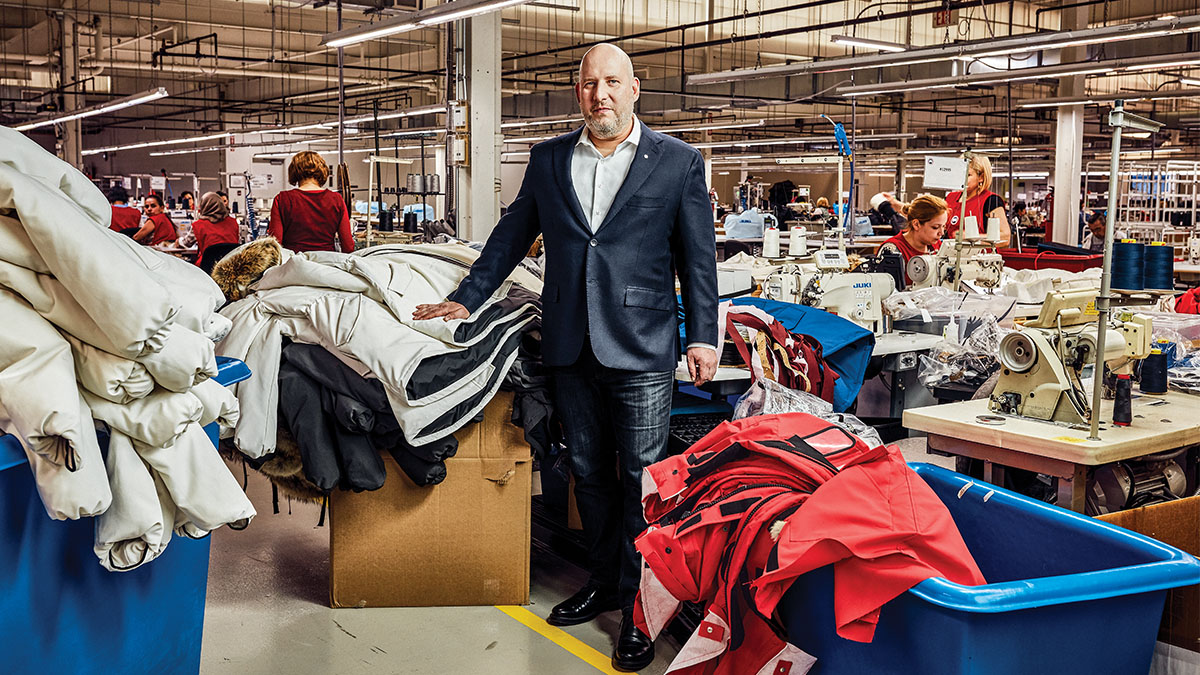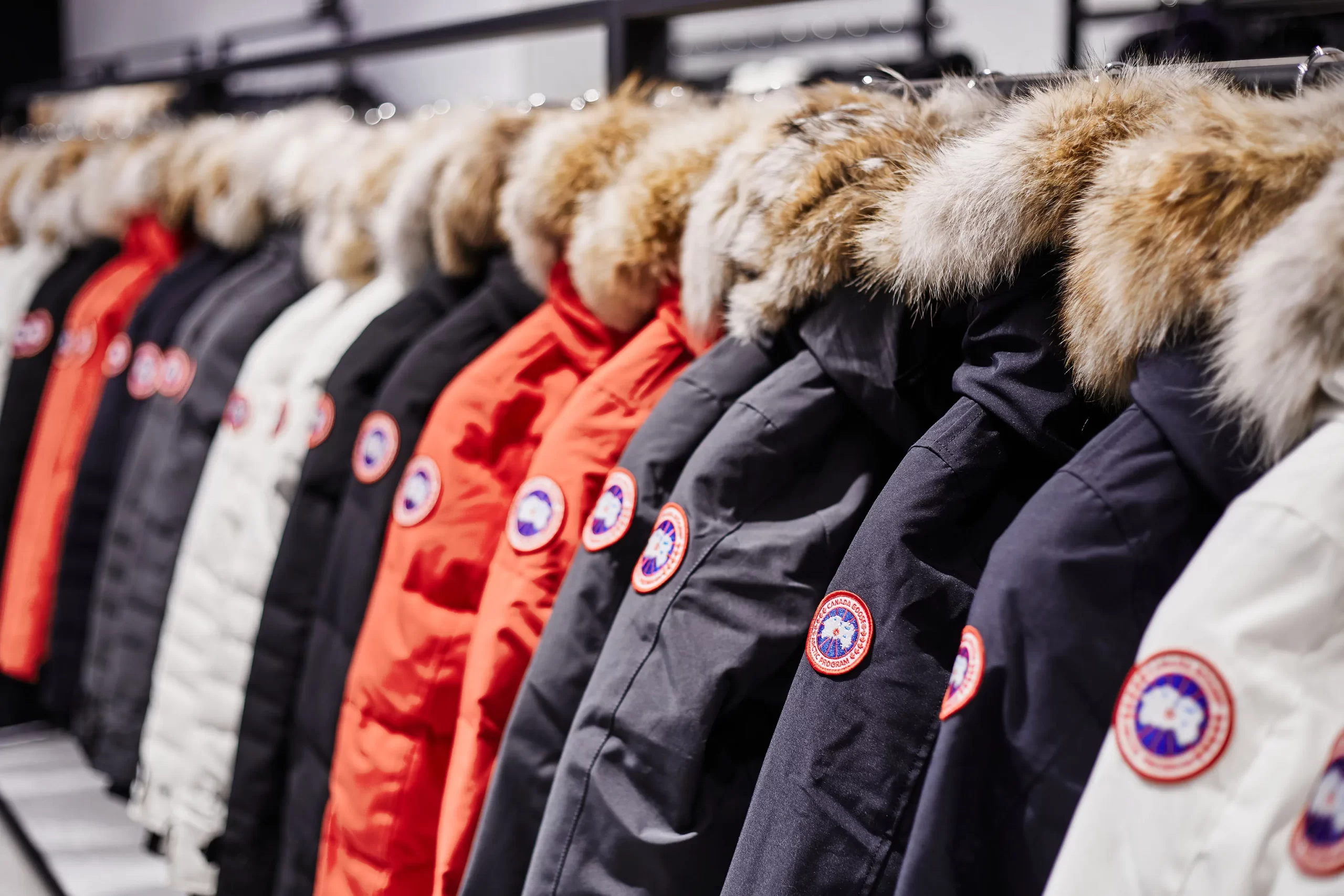Canada Goose announced on Tuesday its decision to reduce its corporate workforce by approximately 17%, joining a series of other retailers that have implemented layoffs amidst a consumer pullback on discretionary spending.
While the exact number of employees affected remains unclear, the layoffs will impact staff at Canada Goose’s corporate headquarters, which housed around 915 employees as of April 2023, as per a securities filing.
Over the span from April 2021 to April 2023, the company nearly doubled its corporate head office workforce from 544 to 915 to support its growth initiatives.
CEO Dani Reiss stated, “Today, we are realigning our teams to ensure that corporate resources are fit for purpose to fuel our next phase of growth across geographies, categories, and channels.”

He continued, “We are focused on achieving efficiency and margin expansion while investing in key initiatives — brand, design, and best-in-class operations — that will powerfully position our iconic performance luxury brand to deliver long-term growth.”
These cuts, part of the company’s ongoing “Transformation Program,” follow a comprehensive review of its organizational structure and the roles essential to achieving its objectives.
Canada Goose anticipates immediate cost savings and workforce streamlining, facilitating quicker decision-making and enhanced efficiency.
Following the announcement, Canada Goose’s shares closed approximately 7% lower.
In the quarter ending on Dec. 31, Canada Goose reported a 6% sales increase compared to the prior year, falling short of analysts’ expectations, according to LSEG.

The company noted weaker wholesale revenues in its holiday-quarter results, a recurring trend faced by many retailers amidst sluggish demand and efforts by department stores to manage inventories more closely.
Numerous retailers, including Under Armour and Nike, have highlighted sluggish wholesale orders due to inventory management challenges and reduced consumer demand.
The layoffs at Canada Goose reflect a broader trend observed across various industries, with companies prioritizing efficiency and profitability amidst subdued consumer spending on non-essential items like apparel, footwear, and toys.







Leave a Reply